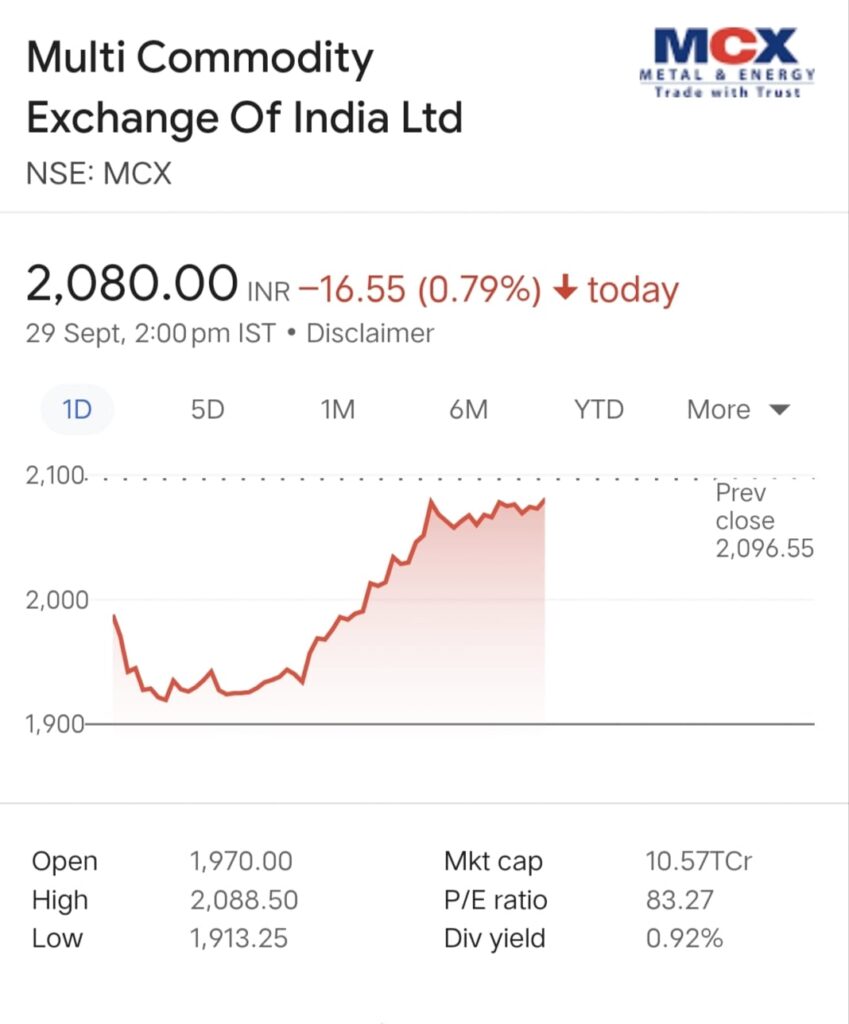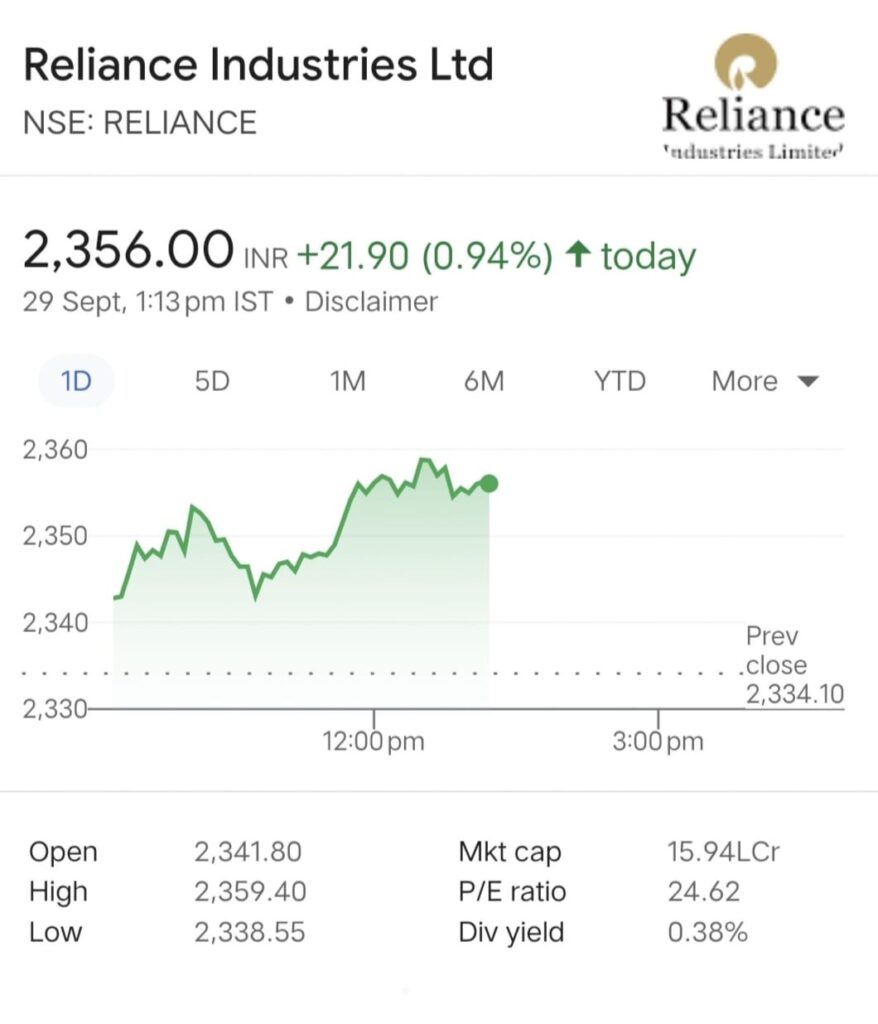Even though some trading errors are unavoidable, it’s crucial to avoid making them frequently and learn from both profitable and losing trades. These are the top 10 trading errors, keeping that in mind.
Top 10 trading mistakes
- Not researching the markets properly
- Trading without a plan
- Over-reliance on software
- Failing to cut losses
- Overexposing a position
- Overdiversifying a portfolio too quickly
- Not understanding leverage
- Not understanding the risk-reward ratio
- Overconfidence after a profit
- Letting emotions impair decision-making
1. Not researching the markets properly
Some traders will act on a gut feeling or a tip to open or close a position. Even though this can occasionally produce results, it’s crucial to support these instincts or hunches with data and market analysis before deciding to open or close a position.
You must have a thorough understanding of the market you are entering before opening a position. Is it an exchange or an over-the-counter market? Is that particular market presently experiencing a high level of volatility, or is it more stable? Before accepting a position, you should learn more about some of these topics.
2. Trading without a plan
Your trading strategies should serve as a road map while you are trading. They ought to include a plan, deadlines, and the sum of money you’re prepared to put up.
Traders might be tempted to abandon their plan after a bad trading day. This is incorrect, as the basis for any new position should always be a trading plan. A bad trading day simply indicates that the markets weren’t moving in the anticipated direction during that specific time period, not that the plan is flawed.
One way to keep a record of what worked and didn’t work for you is to have a trading diary. This would contain your successful and unsuccessful trades and the reasons why they were so. This can help you learn from your mistakes and make more informed decisions in the future.
3. Over-reliance on software
Some trading software can be very helpful to traders, and platforms like MetaTrader 4 offer total automation and flexible customization. To open or close a position using software-based systems, it is necessary to understand both the advantages and disadvantages of each.
The main benefit of algorithmic trading is the speed at which transactions can be completed when compared to manual systems. Modern automated trading systems are so advanced that they might soon completely change the way we interact with the markets.
However, because they are only as reactive as they have been programmed to be, algorithm-based systems lack the benefit of human judgment. Due to the quick selling of shares or other assets in a market that is momentarily declining, these systems have previously been blamed for market flash crashes.
4. Failing to cut losses
A serious mistake is to resist the urge to hold onto losing trades in the hopes that the market will turn. By not cutting losses, a trader risks losing any profits they may have made elsewhere.
This is especially true for trading strategies such as day trading or short-term trading, which depend on quick market movements to generate profits. There is little benefit in attempting to weather brief market declines because all open positions ought to be closed by the end of that trading day.
Stops can close a position that is moving against the market at a predetermined level, even though some losses are an unavoidable part of trading. By limiting your losses, this can reduce your risk. In order to automatically close your trade after it has generated a certain amount of profit, you could also add a limit to your position.
It’s important to keep in mind that stops don’t always shut down your trade at the exact level you specified. When you leave a trade open over the weekend or overnight, the market may suddenly jump from one price to another with no trading activity in between. Slippage is the name for this.
Guaranteed stops reduce this risk by automatically closing trades when they reach a predetermined level. Some providers charge upfront fees for this protection. If a guaranteed stop is triggered, there will only be a small premium to pay with IG.
5. Overexposing a position
If a trader invests too much money in one market, they become overexposed. If traders think the market will continue to rise, they often increase their exposure. Increased exposure may, however, increase profits at the expense of a position’s inherent risk.
Putting a lot of money into one asset is frequently regarded as a poor trading strategy. However, as will be discussed below, overspreading a portfolio can have its own issues.
6. Overdiversifying a portfolio too quickly
While diversifying a trading portfolio can serve as a safety net in the event that the value of one asset drops, opening too many positions quickly can be risky. A diverse portfolio requires a lot more work, despite the possibility of higher returns.
For instance, it will entail monitoring more news and events that might move the markets. If you don’t have much time or are just starting out, this additional work might not be worth the benefit.
However, diversifying your holdings does increase your exposure to potential upward market movements, giving you the opportunity to profit from trends across many markets rather than relying solely on one market to move in your favor.
7. Not understanding leverage
In essence, leverage is a loan from a provider used to open a position. Traders open a position with the same market exposure as if they had opened it with the full value by making a deposit known as a margin payment. Leverage, however, can also magnify losses in addition to increasing gains.
Leveraged trading can appear to be a lucrative opportunity, but it’s crucial to fully comprehend its effects before entering a position. It is common for traders with little exposure to leverage to quickly discover that their losses have completely depleted the value of their trading account.
8. Not understanding the risk-to-reward ratio
Every trader should consider the risk-to-reward ratio because it can help them determine whether the potential risk of capital loss is worth the potential end profit. The risk-reward ratio is 1:2, for instance, if the initial position was worth £200 and the potential profit was £400.
Experienced traders typically have appropriate trading strategies in place and are more willing to take on risk. Beginner traders may not be as risk-averse and may want to avoid markets that have a reputation for being extremely volatile.
9. Overconfidence after a profit
Trading doesn’t allow for winning streaks. Just as running losses can impair judgment and decision-making, the euphoria of a winning position can do the same. Without conducting the necessary research first, traders may rush into another position with their newly acquired capital due to the excitement of a win. Losses could result from this, potentially wiping out their account’s recent gains.
Maintaining your trading strategy can help you combat this. A profit suggests that a strategy is effective, and it should validate your prior analysis and predictions rather than serve as motivation to do so.
10. Letting emotions impair decision making
Trading based on emotion is not wise trading. Emotions can influence judgment and cause traders to stray from their plan. Examples include excitement following a successful day or dejection following an unsuccessful day. After suffering a loss or not making as much money as anticipated, traders may start taking positions without any supporting analysis.
The markets are unlikely to move in a more favorable direction as a result of traders adding needlessly to a running loss in the hope that it will eventually increase.
Therefore, it is crucial to maintain objectivity in your decision-making while trading. You should base your decisions to enter or exit a trade on fundamental and technical analysis that you have conducted yourself in order to remove emotions from your trading.
FOR MORE INFO CLICK THIS SITE:https://learningsharks.in/
FOLLOW OUR PAGE:https://www.instagram.com/learningsharks/?hl=en












